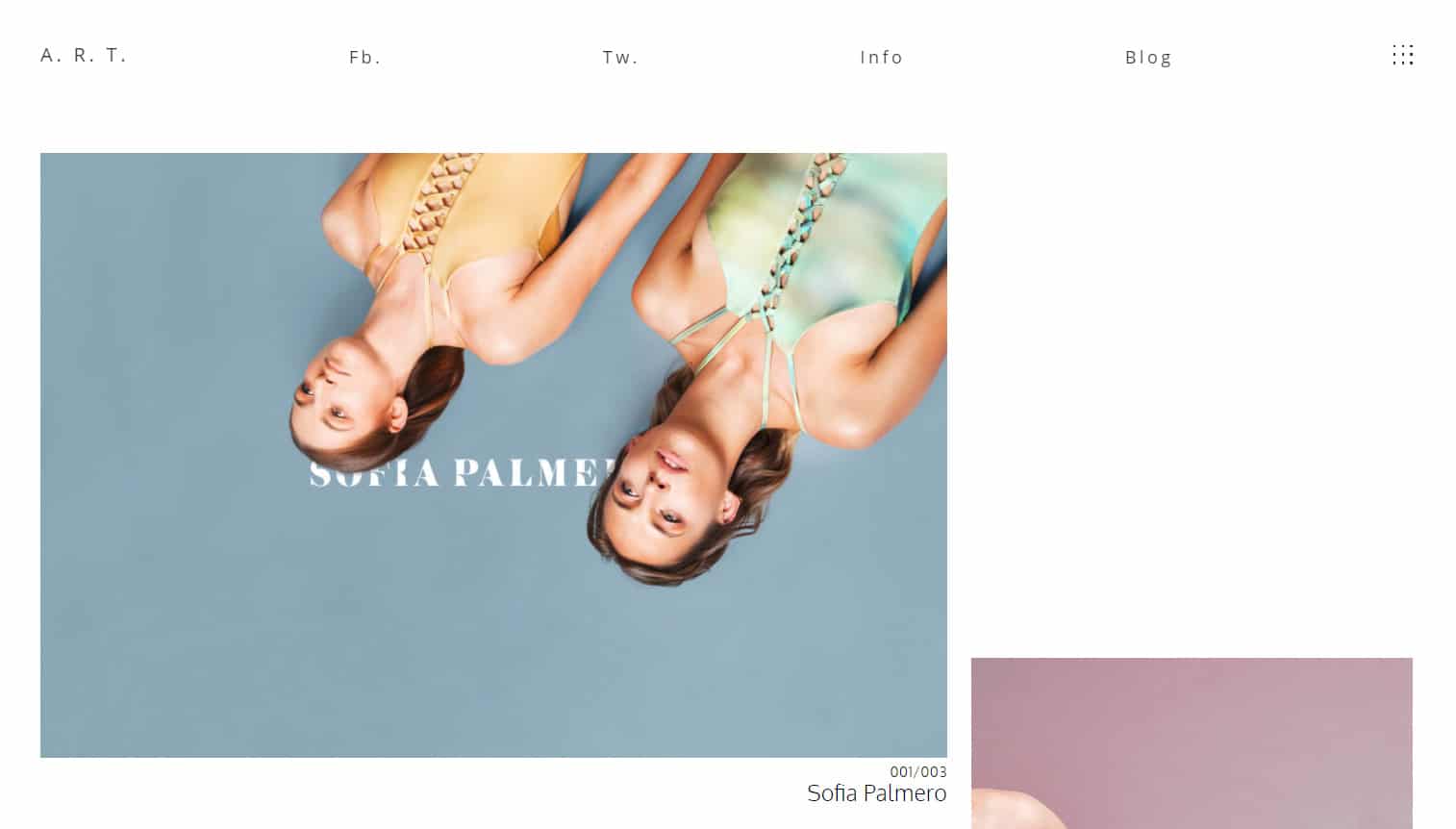Output-Oriented: Applying Leverage in Creative Work
by Taylor Slattery | August 11, 2022

One of the best things about creative work is that it is output-oriented by nature. It doesn’t matter if something takes a year to make, or a minute—at the end of the day, all that matters is the quality of the work delivered. This is true regardless of whether you’re paid by the hour, by the project, or salaried.
Regardless of discipline, the perceived value of the work you produce and what people are willing to pay for it is tied to a few key factors. Using painting as an example, though these principles are applicable to any discipline, let’s explore these different factors and how they can be leveraged in your favor to increase your earnings.
Skill
The amount you can charge for your work is proportionate to the value you provide. Value in this sense refers not only to the quality of the work, which is an extension of your skill, but also your reputation—something we’ll explore more later. For now, let’s just look at the way skill affects earnings.
As a high schooler with 37 Instagram followers, working part-time at a local grocery store after school, when your aunt offers you $20 to paint a picture of her cat, you jump at the opportunity. With both parties fully aware this arrangement is merely a gesture on part of your aunt, looking to support your creative pursuits, you decide to go all out and make her proud. You end up spending the next few weeks taking the time to craft something she can display on her wall with pride and when all is said and done, it’s your best work yet—and it only took you 28 hours, bringing your effective hourly rate to a mere 71 cents.

At this stage, given that you have no professional experience, these are actually the only types of clients you could hope to work with. However, as you begin to develop your skills and advance in your career, the types of clients and companies that are willing to work with you change as well. The more specialized you become in your skills, the more clients will be willing to pay, and as the pay rate increases, so do the profiles of the clients you work with.
Additionally, depending on the career path you choose, your creative skills can only take you so far. Eventually, you will reach a point at which the only way to ascend higher on the creative career ladder is to change your skill set entirely. Once you’ve paid your dues and clawed your way out of the trenches by honing your creative skills, the only positions left to be conquered are managerial. From this point onward, the cap on your earnings is determined by your willingness to adapt. Your ability to become either an associate creative director or creative director depends upon your ability to acquire an entirely new skill set, unrelated to creativity.
Let’s press on with our painter example, and save the 9 to 5 route for another day. Once you’ve maxed out your skills and achieved the maximum effect they can have on the value of your work, your earnings will plateau. This is where the next factor, speed, comes into play.

Speed
Let’s say you’ve mastered your craft and gone are the days of $20 commissions. You’ve managed to build some local buzz and are represented by a few galleries. These days, your work sells for $20,000. If that painting took eight hours to produce and you manage to cut that time in half, you’ve effectively doubled your hourly rate. Theoretically, the inverse of the above example should hold true if we go in the opposite direction as well. If instead of eight hours, you spent 16, you should be able to charge $40,000 for the final product.
Again, this principle along with the other two are all interconnected and changes in one influence the others. Increasing the speed of production, in a creative sense, is all about the building and optimization of systems. Systems allow you to more or less automate the repetitive parts of the job so you can focus your efforts on the parts of the process that really matter.
In our example above, you could earn $20,000 per normal work day if each painting takes eight hours to make. However, as you know, things are never quite so simple. Not only do you have to prepare your paints and canvases, and clean your brushes, but you would likely also have to respond to emails, manage social media, and take care of any number of other responsibilities not directly related to the act of painting itself. And this is all assuming that you already have a clear idea of exactly what you’d like to paint.
These are the sorts of obstacles you need to build systems to address. Whether that means organizing your workflow into distinctive periods of idea generation and production so you’re never wondering about what to paint when you sit down in front of a blank canvas, or using a well-written FAQ and standardized contact forms to reduce the amount of time spent on back and forth email communication.

While the exact form will change depending on the situation, systems like these can be implemented in any practice. A freelance graphic designer working primarily in the health space might notice that clients aren’t very adventurous when it comes to design and regardless of the creative and exciting ideas pitched to them, the final products all tend to end up looking very similar.
Rather than spending time developing completely bespoke solutions for each client, that designer can save some time by building a modular template to serve as a base that can be reused and modified to tailor to each client’s specific needs. This way, because they are not starting from scratch each time, and because they’re charging by project and not by the hour, they can use the time saved to take on additional work.
To be clear, the quality of the work can never suffer—these aren’t shortcuts. It’s all about finding ways to optimize your workflow. However, there are only so many hours in the day and only so many things that can be done to increase your efficiency. Eventually, as was the case with skill, you reach the point at which your earnings once again plateau, despite your best efforts. This brings us to the final form of leverage at your disposal you can use to increase your earnings.

Reputation
Last but not least, we have reputation, and this is where things get really interesting. I mentioned before that each of these areas is interconnected and changes in one area affect the others. While it’s easy to see how the quality of the work, and the speed of its production influence the price clients are willing to pay for it, reputation plays by an entirely different set of rules.
This is because, past a certain threshold, the point of which is unclear, the price of creative work is no longer tethered to either its utility as an object in and of itself, nor its subjective worth to the buyer, but rather, a broader group of people’s perception of it. This sort of reputation-based pricing can be observed in varying degrees everywhere.
It may come in the form of a niche Indonesian boot maker that nobody outside of a very small circle has heard of, yet due to his cult-like status and high demand, is able to command a high price for his work. The most common example of this is any of the numerous occasions when a celebrity has wielded their influence to enter markets in which they have no track record or expertise and still manage to achieve success thanks to their name alone. In your world, painting, these are the former presidents and NBA players who pick up the brush as a hobby and manage to turn their scribbles into a lucrative second career.
In terms of the things you can personally do to increase your earnings, I’ve saved reputation for last, not only because it’s a bit of a wild card, but also because it’s the most difficult to achieve. Unlike developing skills or optimizing your workflow to speed up your production, the path to developing your reputation is much less linear, making the results achieved by those who’ve managed to obtain it feel elusive and even random. While luck doesn’t play much of a factor in your commitment to daily practice or reviewing your schedule to clear out time sinks, it’s a major factor when it comes to developing a name for yourself. There are steps that we’ve seen work for others, but there is no guarantee that lightning will strike the same place twice.
To be clear, the type of reputation I’m talking about here extends beyond just your reputation around the office for always being punctual and contributing great ideas during brainstorming sessions. The type of reputation I’m referring to is the sort of thing that can change that $20,000 price tag from the painting before into $20,000,000.

We all know the stories of artists like Van Gogh and countless others who only achieved fame posthumously. For some, fame seems to happen overnight, while for others, developing a reputation can take time. If you want to ensure you’ll be around to enjoy the fruits of your labors, you need to find ways to hasten things up. This means putting yourself out there. While each success story differs in its specifics, there are countless examples of others who have used social media to achieve success, whose journey you can model your own after.
You may be thinking, “Fame isn’t for me. I’m happy to just make a living doing something I love.” Fair enough. I’m not suggesting you aim to be the next Tom Cruise, but if you look around your field, you may notice that you tend to see a lot of the same people doing projects for clients you’d love to work with. Just take a look at some of your favorite creative’s portfolios. They’ve probably done work for multiple major companies like Nike, Apple, or BMW. Why is that? Looking at the quality of their work, it’s not too different from your own. So what’s the difference between them and you? Someone has heard of them. Once you’ve worked with one company, the others want a piece as well. This is the principle of reputation at work.
The value of your brand as a creative and the social cachet attached to the things you create is the wild card factor that has the potential to increase your earnings exponentially. While I can’t recommend trying any sort of publicity stunts as a means of boosting your recognition overnight, what I can recommend is that you get started. Those who manage to not only build a reputation, but maintain it, tend to do so through persistence and patience, while the list of people whose meteoric rise to fame faded out just as quickly grows longer by the day. Taking things one step at a time allows you to adjust to the changes that come with increased reputation gradually, so you’re better prepared to capitalize on the opportunities that come with your newfound visibility.
Each of the different types of leverage we’ve explored has the ability to dramatically transform your earning potential. While focusing your efforts on any single type on its own will be to your benefit, it’s through the development of all three that their effects are most felt. Success in all of these areas is attainable by anyone. All it takes is planning, persistence, and a bit of luck.

Taylor is the Managing Editor of Notes on Design. Taylor is a graphic designer, illustrator, and Design Lead at Weirdsleep.






 Design Interview: Resistenza
Design Interview: Resistenza Minimalist Portfolio Themes for 2018
Minimalist Portfolio Themes for 2018 Free Font Friday: Objective
Free Font Friday: Objective